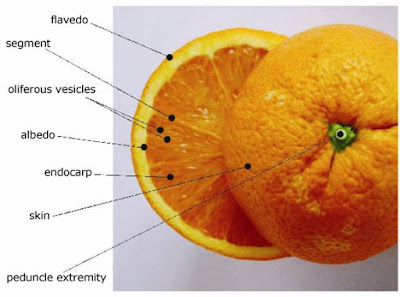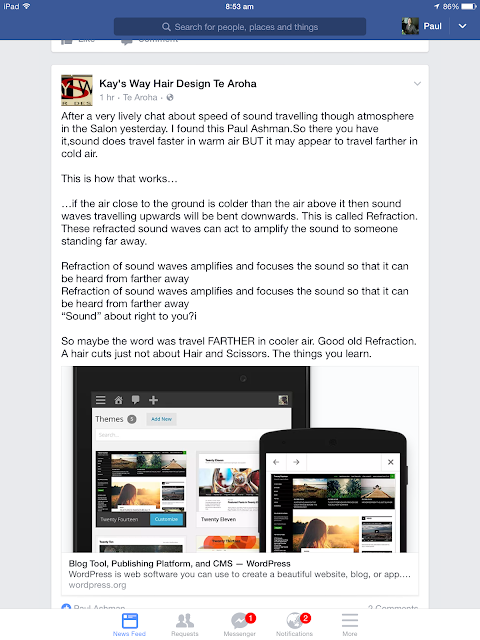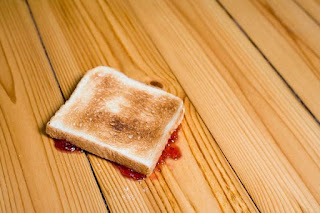the originator: Mike Senator (image: today.com)
I was down in lovely Otorohanga last week doing some science with the students there. Before I started with the seniors, a couple of boys were trying to toss their water bottle up in the air and then landing right way up on the desk. Apparently, it's a "thing": (http://www.independent.co.uk/news/uk/home-news/bottle-flipping-trick-videos-youtube-banned-in-schools-a7346131.html), and I've seen kids doing this in my home town of Te Aroha as well. The aim is to toss a bottle with some water in up in the air and have it land standing upright.
Anyway, I wondered if this is something that could have some science applied to it and the flip can! I found this article online with the science of fluid dynamics attributed http://www.independent.co.uk/news/uk/home-news/bottle-flipping-trick-videos-youtube-banned-in-schools-a7346131.html, as well as another article slightly more tongue in cheek -http://www.sciencealert.com/the-internet-just-lost-is-mind-over-this-teen-flipping-a-water-bottle-like-a-pro.
So could children work out what's going on? Could they discover the best way of holding the bottle (holding the cap seems to be best)? How much water is best? Could they film the flip to see what the water does (might need to be coloured?)? Is there a better height to be to flip or toss the bottle both for the flipping person and the surface the bottle is being flipped onto? I love thinking like this -grabbing 'stuff' that is out there and thinking about the science... because I know this is what scientists do as well! And having found a few websites out there with some explanations, I do feel my theories are affirmed! Mind you, I'm also aware that this could start the craze at your school!
Besides all the lovely physics happening here, there's lots for the science capabilities too...
Gather and Interpret Data: what are children noticing? Can they film the toss? Infer/Think about what's happening as they try different amounts of liquids (in fact would different liquids make a difference?), different holds, etc. How will they record their observations? Will they use a table or chart? There's lots of variables going on here -how will they try to keep the changes to a minimum, and why is that important?
Use Evidence, Critique Evidence: Can children try to explain why this works? I'm not expecting the physics answers with all the vocab but students may be able to see what the water is doing in the bottle. Apparently a third of the bottle filled with water is best and if it's coloured, children could see clearly what the liquid is doing. There are plenty of apps out there to slow film down for them to see how the water affects the rotation. When I talk with teachers about this kind of science, they are keen for the children to 'know the answers' and I know I'm very much the same! Sometimes the issue with letting the children loose on Google means them
finding the answers but not
understanding the answers. They may even be able to repeat what the website says! By getting them to explore first, they may have a better idea of what the website or video is saying... which leads me to another capability.
Interpret Representations: As students look online, they will find diagrams, charts, visual representations, and video explanations discussing the science. Do they understand? Could they explain how the pictures 'work', for example, this explanation from the links above. There's a lot of information here!
Could children film their own bottle flipping and then see if they can correlate the stages in the explanation with their own toss? Do they agree? I'm a big fan of students sharing their own explanations through drawing a diagram, etc. How will they label the picture? How do they show movement, eg of the water? Once they've drawn their diagram, children should have a better idea of their explanation and feel more confident in writing an explanation (if you wanted students to write).
Of course, you may end up with a pile of children wanting to do this all lunchtime but I guess you could put restrictions on the flip! An idea just popped in my head -does the bottle size matter?
As I was talking about this at home, my niece mentioned people trying to balance softdrink cans in their rims with a little liquid in...
Have fun!
Paul










